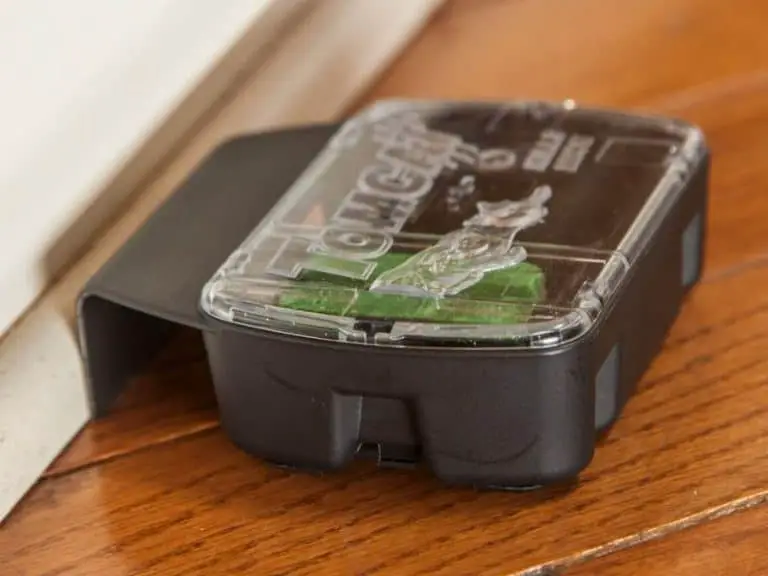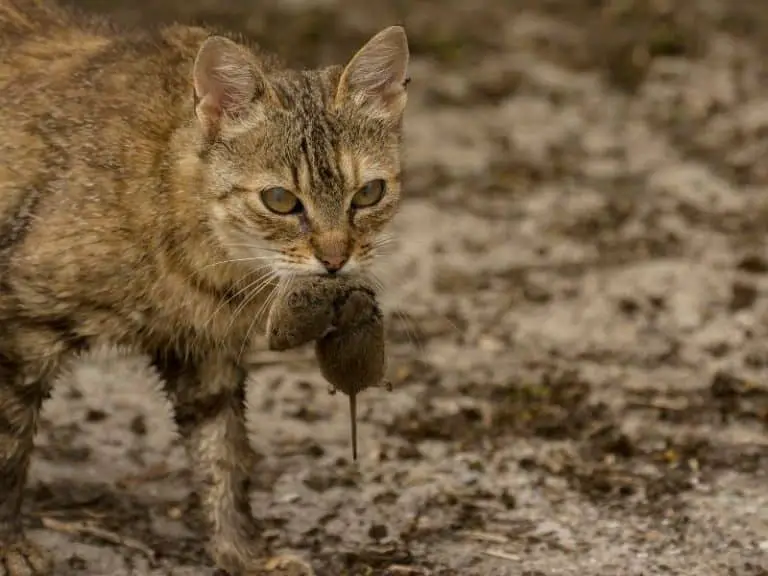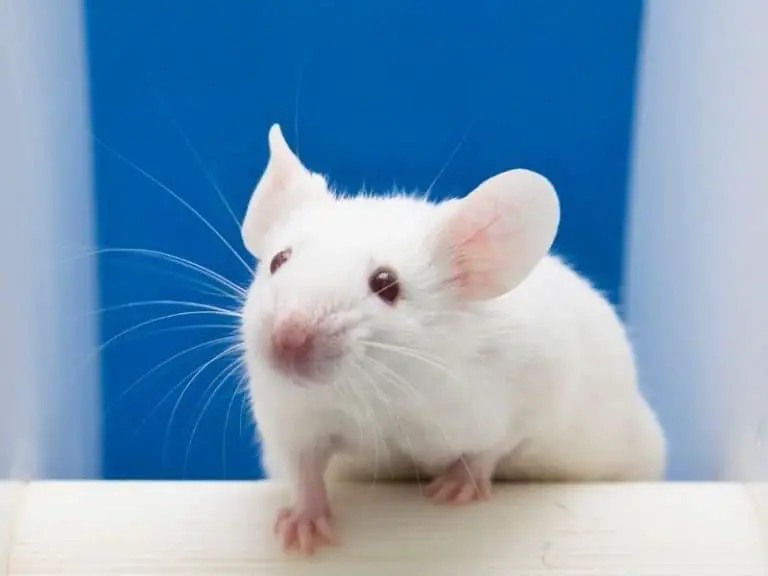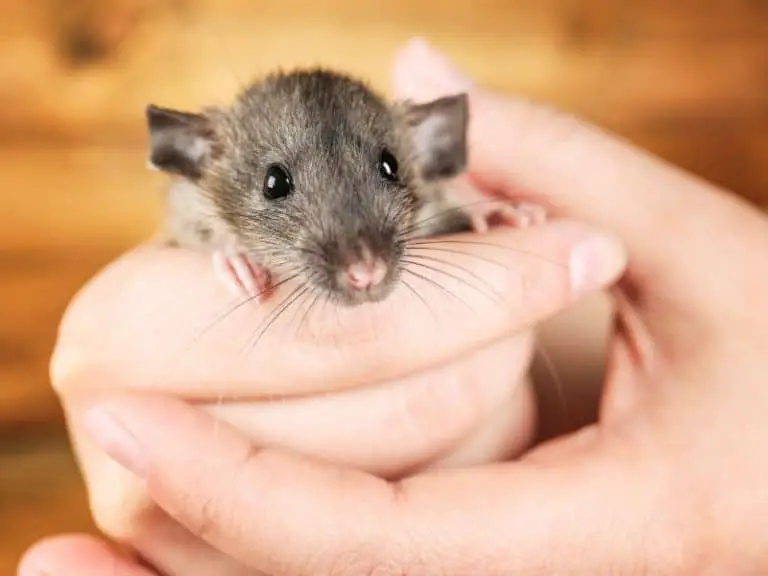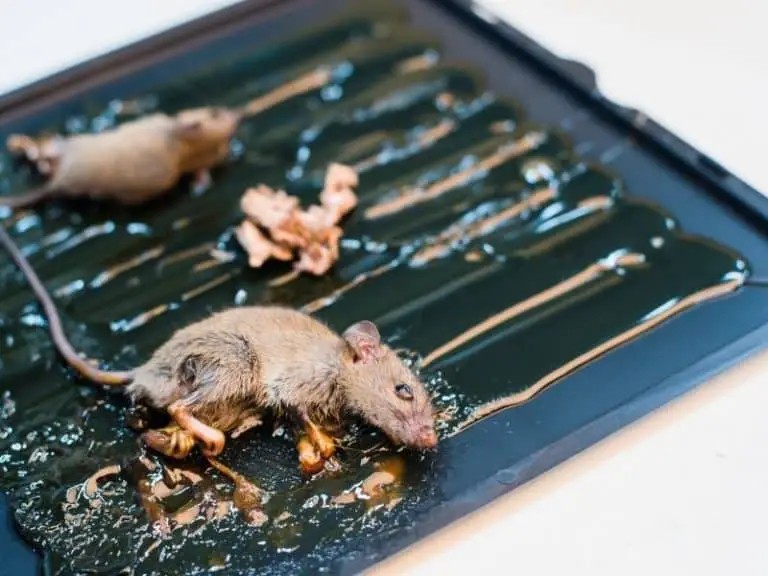8 Reasons Why Mice Are Ignoring Your Traps
Mousetraps can be a little bit tricky to use when these mice, though tiny and seems hopeless, are agile and cunning that even the most dedicated mouse traps are useless. Sometimes, no matter what we do, these mice tend to ignore the traps that we have carefully laid for them.
So why mice are avoiding your traps?
The major reason for mice ignoring mousetraps is placing them in locations with fewer mice activity and foot traffic. Also, forgetting to use gloves when setting mousetraps would leave traces of human scent which mice could detect and avoid.
Several factors affect why mouse traps are not effective enough to catch house mice.
These factors include trapping locations, trapping methods, and trap preparations. These are the three aspects that greatly affect the success of your mouse hunting.
Along with these factors, you should also check on other reasons why mice are ignoring your traps, such as the number of traps you used, the type and quantity of bait you placed in your traps, and the time you spent waiting before checking in or cleaning your mouse traps.
Here Are The Reasons Why Mice Are Ignoring Mouse Traps
Poor Placement Of Mousetraps
The location of mousetraps is the most important aspect of why your mousetraps could be working or failing. Make sure that your mousetraps are placed where there is a lot of mouse activity.
These include:
- nesting area
- sidewalls
- corners
- small pathways
- exterior doors
- borders
Look for signs of their dwelling place like pieces of bitten paper, cotton, or crumbs.
Look for little dark corners where there are signs of leftover food or trash debris.
Search at the back of cabinets and appliances where they most likely to run around and create foot traffic. These are the best locations where you should place your traps.
You could also place your traps in several pathways to take full advantage of mice running over the traps. Mousetraps should be placed parallel to the wall for a more effective outcome.
Also, make sure that the distance of mouse traps from each other should not be too far away, yet not too crowded.
Mousetraps Are Not Effective Enough
Another factor that determines the effectiveness of your mouse traps is the trapping methods you used. The most common mouse traps are:
- Snap traps
- Multiple Mousetraps
- Mice Glue Traps
- Humane Mouse Traps
According to expert studies, the capture rate of the professional model mousetrap is 53%, while the standard model has a capture rate of 37%. Both models have a 12-14% escape rate.
Peanut butter and vanilla extract are some of the most common food used as a bait for effective mouse traps.
Try using both in different mouse traps and compare which one is more effective in your mouse traps.
Remember to control the amount of food bait you are using. It is better to use just a tiny amount of food as bait as much as possible. If you use too much bait, chances are mice will miss the trigger, thus not being captured by the trap.
Traces Of Human Scent Left In Mousetraps
Mice can detect your smell through the traps you placed with bare hands, so to keep this from happening, make sure to avoid working with your traps barehand.
Always wear protective gear like hand gloves when placing traps to avoid contamination. When mice smell human contact, they will intelligently interpret this as a danger, thus ignoring your traps.
Make sure you are not leaving any debris like fallen hair, nails, or any other signs of human contact.
Traces Of Old Poisoned Mice Still Present
Make sure that your mouse traps are free from any foul smell coming from previously caught decaying dead mice. This smell may put other mice off and may not even come near your trap.
Always keep a cleaning schedule where you remove debris from your used mouse traps.
Checking Mousetraps Too Early
Remember that mouse traps take time to be effective. Be patient.
It may take some time before mice can be a little comfortable getting near the trap because when the item is new to them, they will not come near it or sense the new object’s danger.
Also, when you remove the mouse trap a little too early, you may be removing traces of live rodents. These traces are what other mice use in tracking food.
So be a little patient, acclimate those pests a little longer and let them get familiar with the new object.
More Traps Need To Be Installed
Double the number of traps you are using because sometimes you need to have sufficient traps to make them more effective.
Mice are known to be agile creatures. Placing just one or two traps in places where they could crawl may not be enough to capture them. Ideally, your traps should be placed 2-3 feet away from each other.
Too Much Food In Mousetraps
When there is too much food bait in your trap, they may not step into the trigger point of your trip, making your traps unsuccessful.
Make sure that you put just a tiny amount, enough to attract them and not to feed them. You can reduce the amount of food you placed in your mousetrap if you feel you use too much.
Wrong Bait is Being Used
Maybe it is time to ditch your old trap and try another type of bait. Compare different types of baits to see which one is more effective.
Read on to find out more about the alternatives you can use when mouse traps are not working.
Four Alternatives When Mouse Traps Are Not Working
Maybe you have done most of these things, but your mouse traps are still not effective. Then it is time to use other alternatives to control rodents in your house.
Peppermint Oil
This essential oil is a common recommendation when trying to get rid of mice in your home. You can spray peppermint oil diluted in water in several areas where there’s high mice activity. You can also use put a drop or two in your house humidifier.
Mothballs
It is believed that mothballs make mice and other pests a little weak because of the Naphthalene substance. When inhaled or eaten by mice, this substance could affect their blood cells, so they lose their agility, making them easier to catch in mouse traps.
One disadvantage of mothballs is that they are not that potent and could do little to no damage to the mouse.
Also, if you have little toddlers at home, they could mistake these mothballs for candies.
Ultrasonic Rodent Repeller
This type of pest control uses sound waves that drive away mice. It creates an ultrasonic frequency that disturbs mice. To them, it is like hearing a huge sound of a noisy gong.
This method keeps them from even stepping into your house.
The downside of this method is that you have to place them where there is an electric socket, that sometimes there isn’t a lot of mice activity in those areas of the house.
Also, sometimes mice can tolerate these shock waves and can go on with their activity without any disturbance.
Steel Wool
The use of the method is not really to eradicate mice but to prevent them from entering your house. Mice love to munch on things except for steel wool.
Search for different entry points like holes and air vents and cover them with steel wool.
Photo credit: ©canva.com/michaelblan
Medical Disclaimer: TheHomePestControl is a digital publisher and does not offer personal health or medical advice. The contents of this website are not intended to substitute for professional medical advice, diagnosis, or treatment.
Affiliate Disclaimer: As an Amazon Associate, I earn from qualifying purchases made on our website. If you make a purchase through links from this website, I may earn a commission at no additional cost to you.

